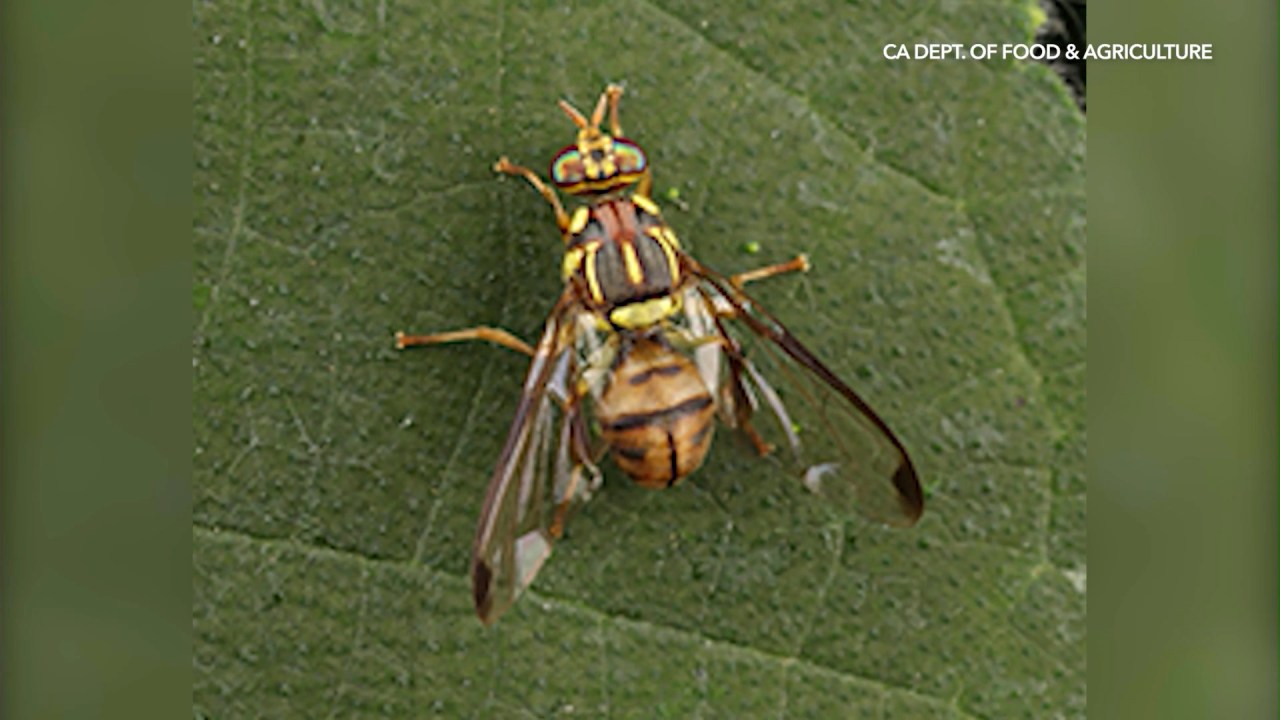Southern California community dealing with invasive fruit fly quarantine

An invasive insect species recently discovered in Los Angeles County has prompted health officials to put a portion of the Santa Clarita Valley under quarantine.
According to the California Department of Food and Agriculture, more than 20 invasive Tau fruit flies had been detected in the Stevenson Ranch area near Santa Clarita as of July 25.
The fruit fly-related quarantine is the first of its kind in the Western Hemisphere.
The flies are native to Asia and are a “serious pest” for natural resources and crops, the CDFA said in a release.
“[It’s] a serious infestation, so a quarantine is needed,” said Ken Pellman, the Public Information Officer with the Los Angeles County Agricultural Commissioner/Weights & Measures. “There’s going to be trapping in the area to trap the pests and hopefully this will be over with soon.”
The quarantine area measures 79 square miles bordered on the north by Castaic Junction, on the south by Oat Mountain, on the west by Del Valle and on the east by Honby Avenue.
“It’s believed the fly was introduced by travelers bringing uninspected produce into the state, [which is] a common pathway for invasive species,” CDFA said.

In addition to fruits and vegetables, some native plants in Southern California can become hosts to the flies.
Those who grow fruits and vegetables within the quarantine zone are urged not to share their crops outside their property, but the fruits are still good to consume.
Individuals looking to dispose of fruits or vegetables should double-bag them and place them in their regular trash bins and not the compost pile.




